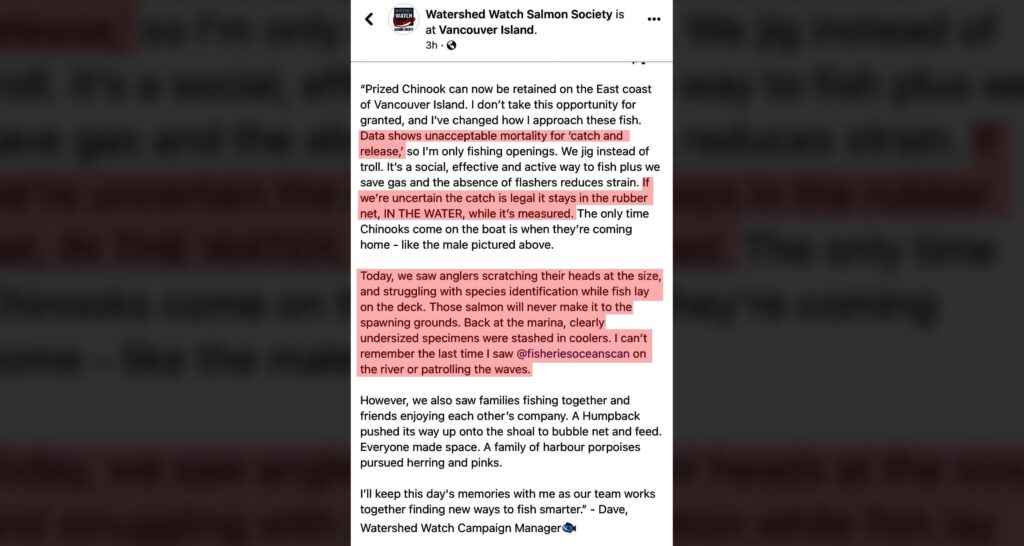Here is comment shared publicly on the Facebook page of Public fishery Alliance by Greg Taylor of Watershed Watch. Again insisting his paper (model) is correct. See how MSF fisheries are being mentioned:
"This is, mostly, one of the more useful discussions of FRIM I have encountered. Although, as in many such online discussions, it suffers a bit from the lack of a common understanding of what FRIM or Fishery Related Incidental Mortality is.
The number of fish encountered in a fishery can be greater than the number retained. FRIM attempts to understand the proportion of the fish that die due to the encounter.
The various components of FRIM include depredation, predation after release, drop-off mortality, on-board mortality, short-term release mortality, and delayed mortality.
These components are influenced by different aspects of how fish respond to a fishing encounter, which can vary by fish size and maturity, time of year, location, gear used, water temperature, handling, handling, pinniped abundance, and the like.
Incorporating estimates of FRIM is clearly a ‘wicked’ and seemingly insurmountable challenge. But one that is critical to acknowledge and address as the discussion of implementing additional MSF and MM fisheries begins this fall.
The Pacific Marine Conservation Caucus, of which Watershed Watch is a member, developed a model based on two CSAS reviewed papers, that would provide guidance on how to establish FRIM estimates for specific areas and fisheries.
It would require input from anglers and others with an understanding of the fishery and area being discussed. Scores for various risk factors could be deliberated and decided. And a estimate of FRIM determined. Future monitoring of the fishery could adjust the risk factors if required.
Implementing the model would require a collaborative effort involving those with a keen interest in a fishery for a specific area along with input of people with technical expertise in FRIM (of which there is a growing body).
Anyone interested in the model can DM me for a presentation we gave a couple of years back. To be honest, our effort has stagnated for some time due to lack of interest from managers and others.
But we continue to believe that it is a promising approach that embraces good science, input from users, and collaboration."

 www.facebook.com
www.facebook.com



